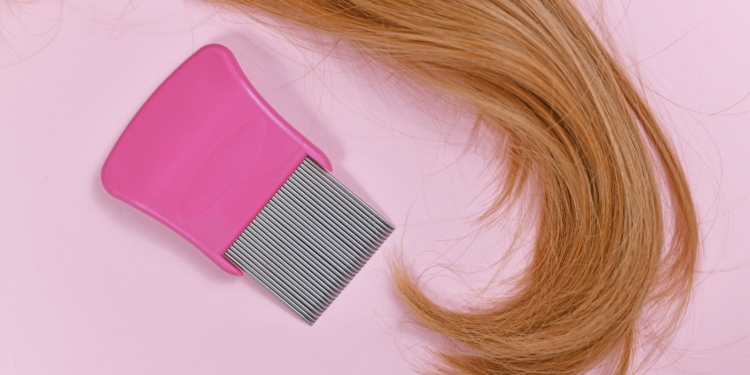Pediculus humanus capitis, is the scientific name for lice and we call Pediculosis the affection of lice. It is a parasitic insect that can be found on the head, eyebrows, and eyelashes of people. Its main feed is the human blood and they live close to the human scalp staying attached on the hair.
However, the eradication or elimination of local outbreaks and therefore of possible epidemics, requires measures that are more complex. The health and care information as to how to do this is freely made available through the education and awareness of schoolchildren, parents and educators. A child infected with lice scratches their head and when parents start getting alerts from the school informing them that it has been diagnosed, some of their classmates often panic. This can causes tremendous disruption within the household as parents must, every night, check everyone’s hair including their own, meticulously combing and treating. This can take up to 2-3 hours per
night.
In addition, those within
the household who also suffer
from other conditions may find it
additionally stressful. Parents must
take the risk that once their child’s
headlice has cleared up, there is
a high risk of re-infection once
they return to school and so in this
regard, head lice are a common,
repetitive cause for concern










